When I first started writing on Substack, there was no pressure. My earliest subscribers were my mom and my mother-in-law (both very supportive!) Over time, this list has grown to include many new faces, and lots of coworkers - hello! I am writing this after work hours. I am feeling some nerves, but I must persevere! Thank you all for being here.
Before we go any further…we have a serious matter to address.
Now, a brief reintroduction for my new readers before diving in this week. I am an ecommerce enthusiast with over a decade of experience selling things online at companies big and small. In that decade, I’ve touched most key functions in the ecommerce world - from digital marketing to supply chain and fulfillment to site operations to strategy & data analysis. Today, I lead Product Marketing at Estée Lauder. This newsletter is an outlet for me to explore why we buy and to get hands-on with new tools and products that I believe can shape the future of shopping.
I also had a baby nine months ago, so there’s never a dull moment in this household.
The Value-Vibes matrix groups products by how expensive they are and how fun they are to shop for.
Last week, I introduced the Value-Vibes framework for AI Adoption in ecommerce. I predict that AI will be used differently for different categories of products, based on what we’re looking for when we shop for these products.
I covered the “Boring” categories, and how AI tools will enable automation and personalized research and product comparison to improve the customer shopping experience. These tools will be leveraged by brands and retailers to differentiate and steal share.
Today, I am turning our attention to the “Fun/Expensive” quadrant - as my husband knows, my expertise as a shopper really lies in this area.
Fun/Expensive: AI for discovery and curation
Of all the quadrants in this matrix, the Fun/Expensive category is the least mature in terms of AI adoption in the shopping journey. This mirrors the lower online penetration for luxury categories vs. mass. In this quadrant, customers are often seeking a more traditional, white-glove shopping experience. I believe that technology can - and will - surpass the experience of shopping in a luxury boutique (minus the complimentary champagne). We will see a lot of innovation in this space as AI tools become increasingly sophisticated and trusted.

A common thesis in venture capital investing posits that successful startups democratize access to products or services that were previously only available to the wealthy. Companies like Robinhood (personal investing) and Uber (hiring a driver) exemplify this. Tools that enable access to and curation of luxury products, when positioned properly, could be similarly transformative.
I need a nice pair of heels for an upcoming wedding. I Google “best comfortable heels” and get a result for the ugliest orthopedic shoes that ever existed. So I look at “best sellers” on Nordstrom and the ones I like aren’t available in my size. I start checking other retailers. Pretty soon an hour has passed and I have a PhD in shoe theory. I still haven’t bought anything. Sound familiar?
I wrote previously about how AI-driven search and visual search tools hold promise to improve this “endless scroll” phenomenon. For Fun/Expensive items, AI tools that serve as a stylist, curator, or concierge promise to cut through the monotony of online search and replace the role of a hands-on sales associate in a luxury boutique. Let’s see how a few companies are approaching this problem.
AI as curator
Daydream
I have been excitedly following Daydream, an AI-powered search engine for ecommerce from Julie Bornstein, who previously founded The Yes and held leadership roles at Nordstrom, Sephora, and Stitch Fix.
Daydream has onboarded over 2,000 retailers to its platform, which allows users to search using conversational prompts and images - much like ChatGPT and Perplexity - but with a commerce-first orientation. As we are increasingly adapting to this way of searching with AI search engines, I can see a clear path to adoption of a new tool that focuses on matching consumers with relevant products - especially a tool that maintains a vetted assortment of brands.
While I don’t have access to the platform’s beta yet, their site gives a preview of the experience:
To succeed, Daydream needs to convince customers to start their searches in their tool, vs. on Google, Tiktok, ChatGPT, or another luxury site. Having a wide enough assortment to return interesting and relevant search results is a key factor - with over 2,000 brands on board, including popular ones like Alo Yoga and Doen, Daydream is clearly waiting to launch until they can check this box with confidence. Luxury ecommerce has been challenged in recent years - these challenges stem from the tough economics of ecommerce, including high return rates. Daydream could be entering a space where there is room to steal share while avoiding some of these pitfalls - as a search tool, they are not fulfilling sales.
Will you use Daydream or another ecomm-focused AI search tool?
I’d love to explore further if I can get a beta invite 😊
AI as personal stylist
Doji
I previously wrote about Doji, an app that lets you try outfits on an AI avatar. Currently in beta, the app is a creative outlet for building designer looks. The ability to see an outfit styled on “you” could drive conversion and basket size, and in the future, this type of functionality could be built into retailer and Brand sites to enable a seamless try-on experience.
Luxury ecommerce sites
Multi-brand online luxury sites are obvious contenders to offer AI-driven curation and styling. This category has struggled in recent years, likely slowing investment in new technologies. While companies like Farfetch and YNAP tout AI in their press releases as a driver of personalization in search and merchandising, there aren’t any personal styling tools available just yet.
Your digitized closet: Whering & Indyx
Whering is a digital wardrobe and styling tool that allows you to mix and match items in your closet with things you might be considering purchasing. It enables you to see gaps in your wardrobe and get more wear out of pieces you might be unsure how to style.
Currently, it is a big lift to digitize one’s closet properly and ensure the data is clean - e.g., that shirts are labeled with the right color and style. This is a manual process, involving searching for each item or photographing it and adding details. After this is done, you can create outfits.
I can see Whering adding more AI-driven capabilities, which would make it easier to use. For instance, they could automate the cataloguing of items in the your closet - every time you purchase something and get an order confirmation email, that item is automatically added to your closet. Advances in visual search continuously make the cataloguing process faster. Also, they could add AI generation for outfit ideas.
For shoppers looking to optimize their closets, this is a useful tool. I enjoy the creative chaos of digging through my closet for forgotten items and probably would not invest the time to digitize my closet. By staking an early claim in this space and seeking to own the closet database, Whering could be well-positioned as AI capabilities advance.
Indyx offers similar capabilities to Whering, with an added layer of human personal stylists and resale capabilities. I really like the addition of a resale layer here, because it provides a further incentive to digitize one’s closet beyond wardrobe optimization. Viewing one’s closet as a stable of assets that I can choose to hold or sell is quite appealing to me, and would help me further justify my shopping addiction.
I’ll certainly be watching this space.
AI as concierge
The promise of ecommerce is infinite options at our fingertips, yet we often find something we like only to struggle to buy it. In the luxury space, this could be a rare handbag, a designer collaboration that has sold out, a piece of art, or a fragrance that was made in very small batches. The ultra-wealthy may have interior designers to track down vintage furniture or art, or sommeliers to track down rare wines. There are now AI-driven tools democratizing sourcing of rare goods for the masses.
Gab Waller - Sourced By
Gab Waller is a famed fashion buyer and sourcer to the stars - including the Kardashians! - so when she shared in Retail Brew that she’s launching a platform that improves sourcing using AI and visual search, I was curious to follow along.
From the profile:
Speaking specifically for my industry, it’s all about finding more. The issue at hand at present [is] we can only find about 30% of our requests. But I truly believe that every item that I receive a request for exists somewhere in the world. So, creating that technology to find more pieces to service more clients—that’s what gets me really excited. At present, we’re not fulfilling 100% of our requests. I know that we can, but we need the technology to do so.
Interestingly, the way the tool is framed indicates that this may be a proprietary solution for Gab’s team to leverage, at least initially. This speaks to the push-pull with new technologies like this - with Gab’s expertise in sourcing, she holds a unique place in this value chain. How can she leverage this technology to expand her business without losing that edge by granting access to everyone? Will she license this technology to other businesses?
Takeaways - Fun/Expensive
I had fun testing out AI products that democratize luxury via curation, styling services, and concierge services. Many of these products are still in the early days - in beta or pre-launch. Several of these tools include AI in a fairly limited capacity (ex - Whering). Some of the tools don’t yet have a clear path to commercialization on a large scale with brands or retailers (ex - Doji). As the challenges faced by luxury ecommerce illustrate, there is a big opportunity to improve the shopping experience for expensive, “fun” products. I would like to revisit this category in a year, because I expect we will see a massively different picture of the landscape - and I’m curious to see how these trends evolve.
Thanks for reading, and stay tuned for the final installment of Value x Vibes next week - Fun/Cheap products!
Stay Curious,
Melina


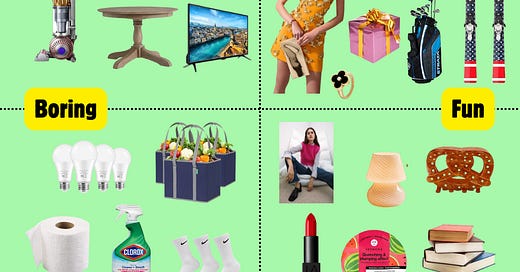


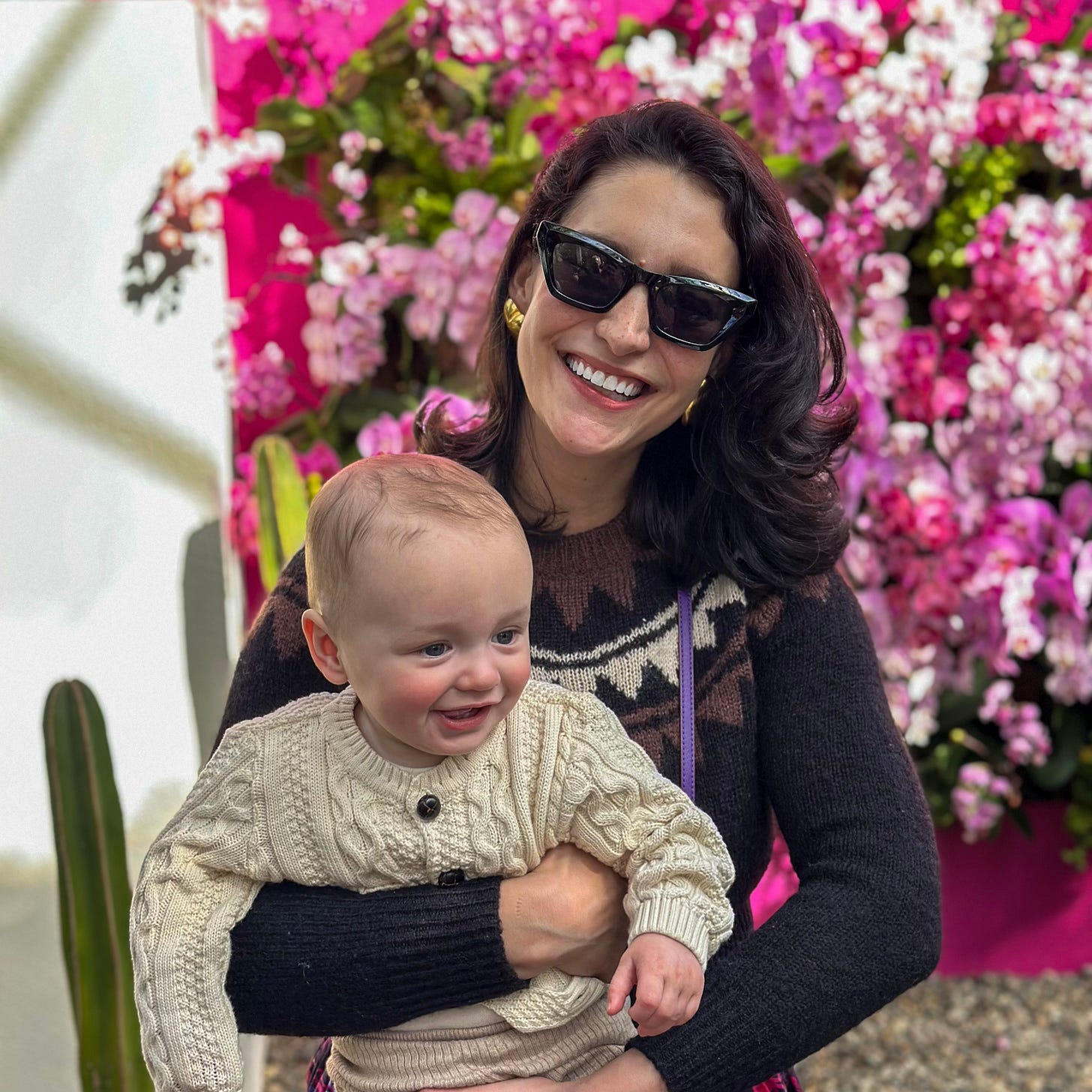

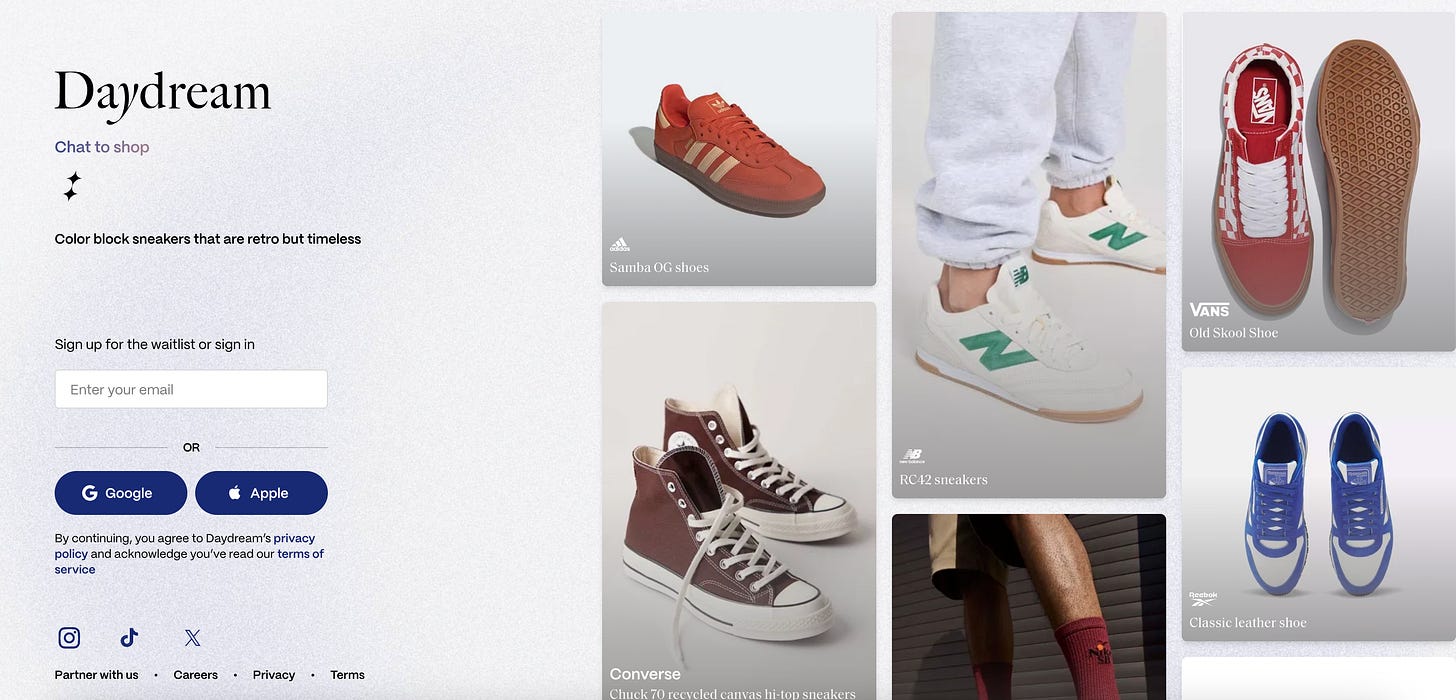
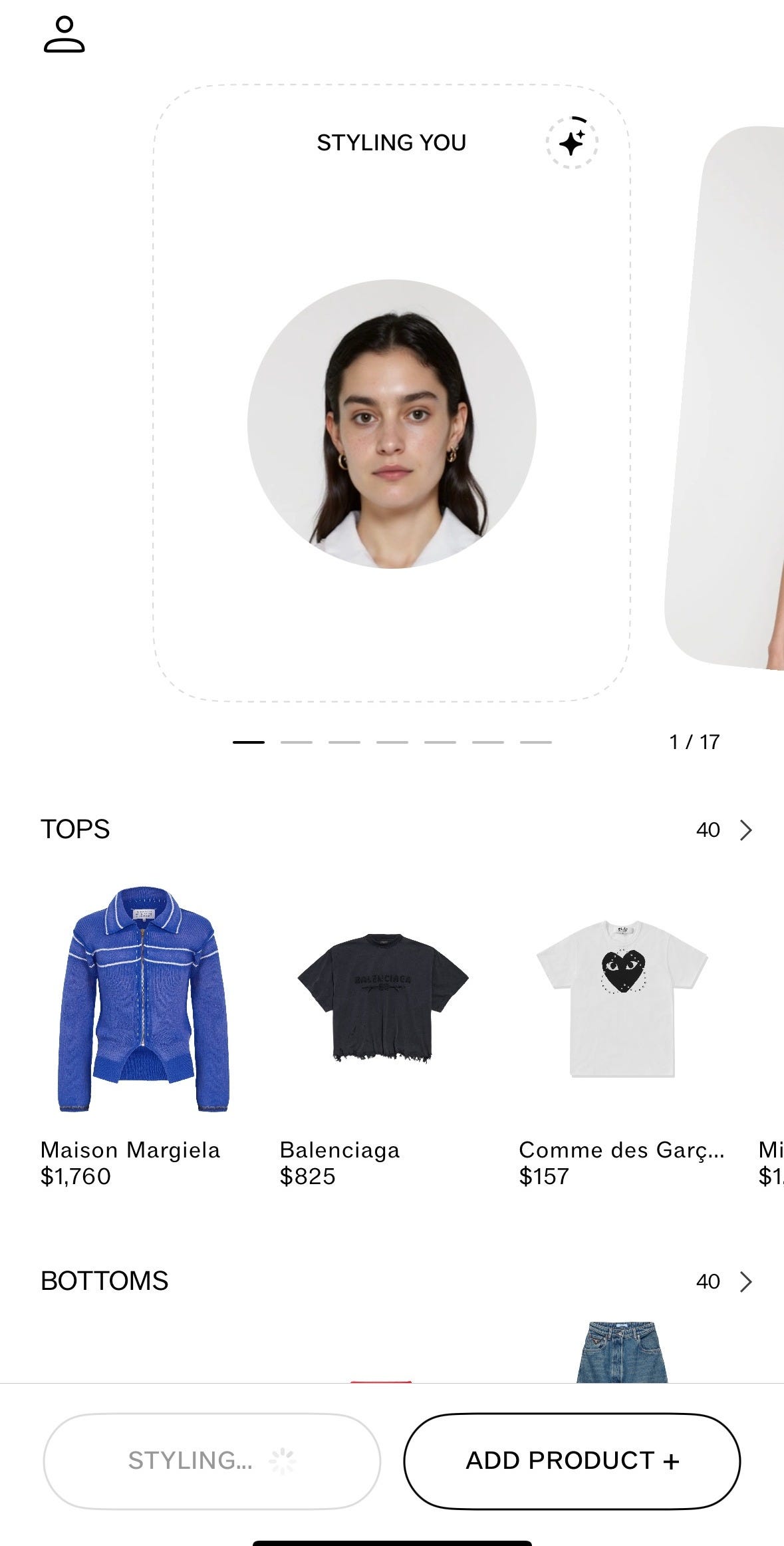
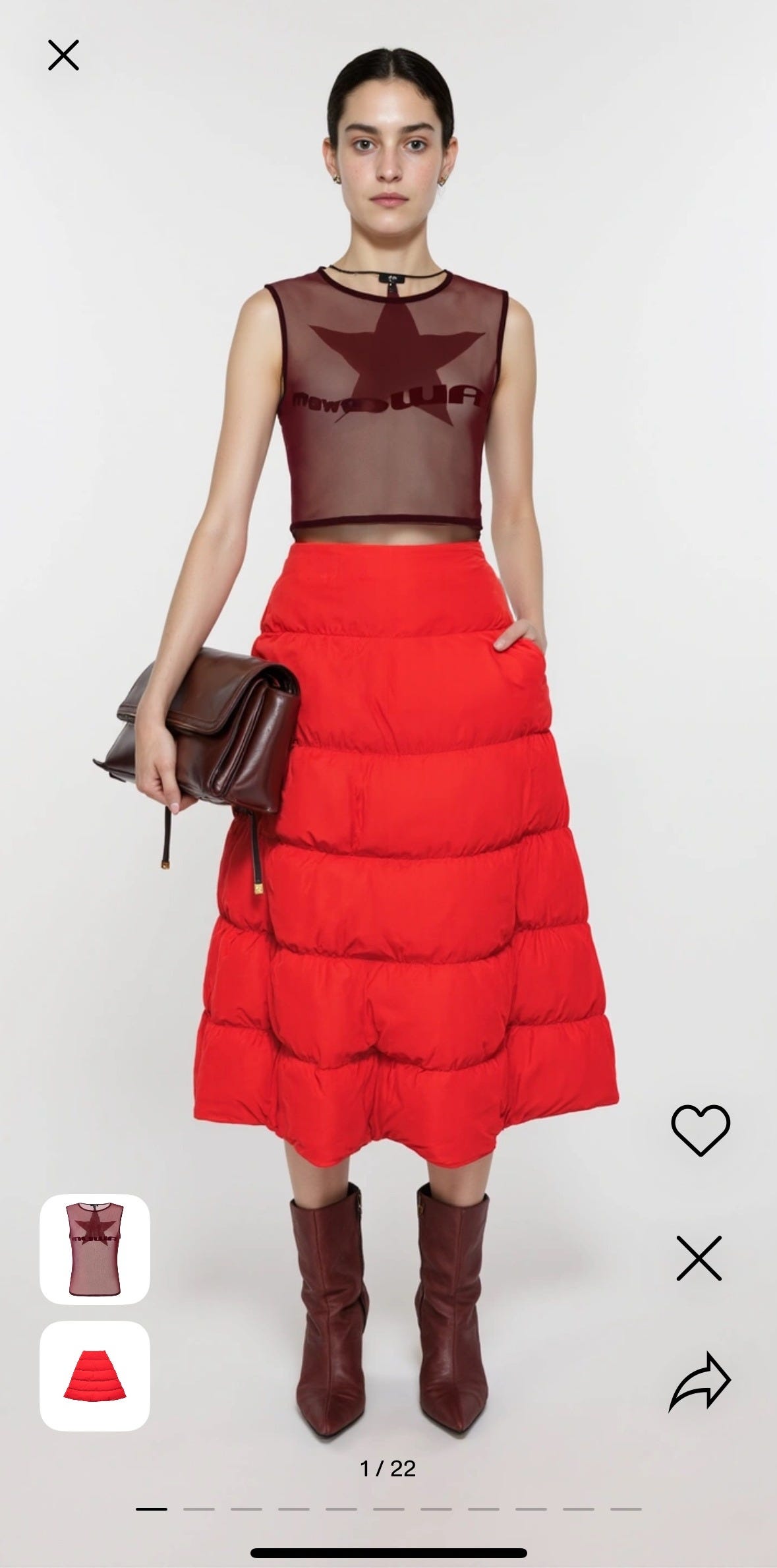

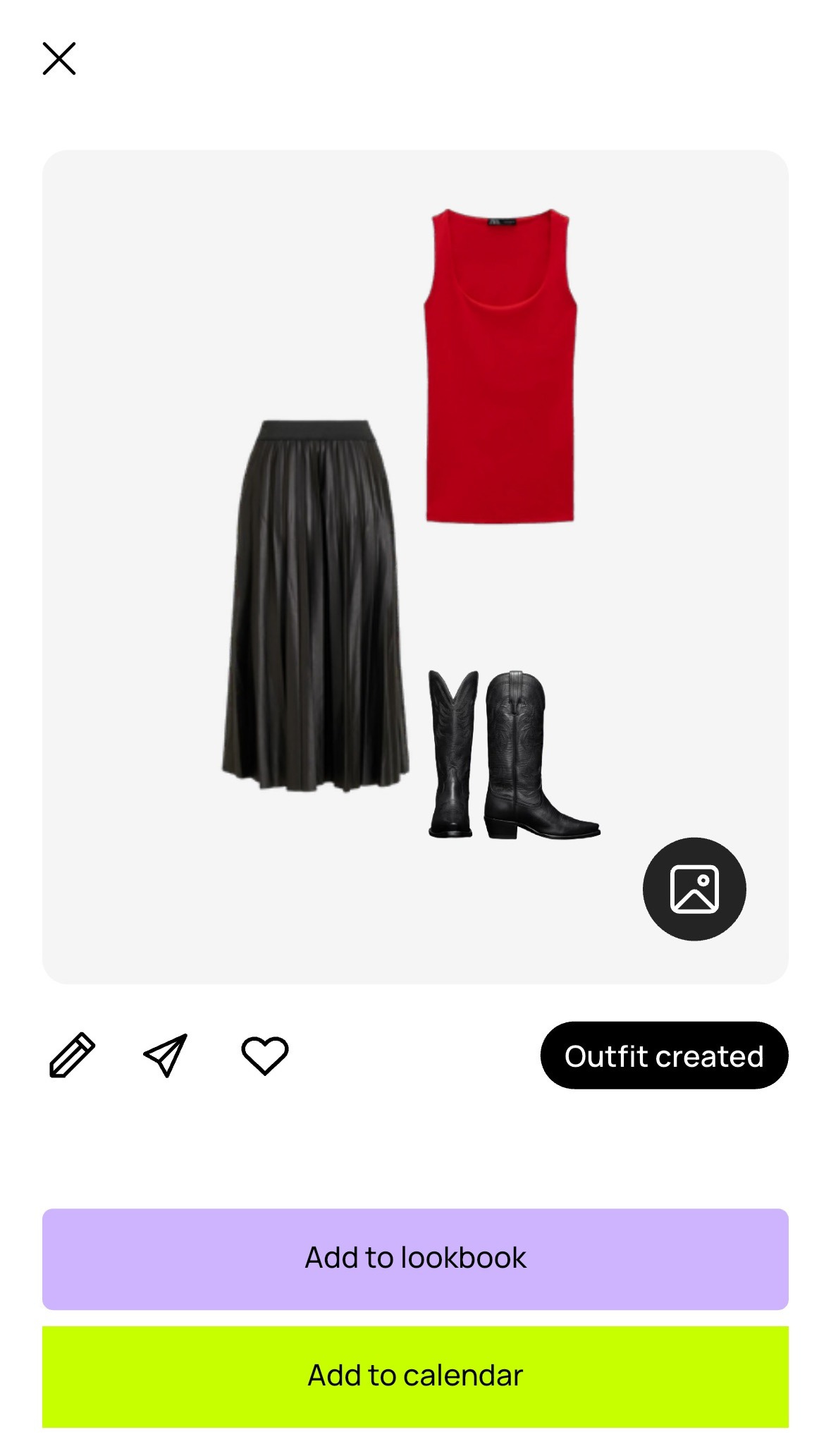

Very interesting analysis and great company reviews Melina! Thanks for this :)
My first thought when considering the Fun/expensive quadrant is how subjective it is. One thing is it’s dependent on what’s considered cool in the sphere you exist in - which I def feel AI can figure out.
But another part is just someone validating your purchase (a sales associate telling you what looks good/bad, a fellow shopper complimenting you, a friend enabling you to splurge). I really question if AI will really be able to provide that validation people seek for fun splurges and if not how these companies will incorporate social into their experience. Will be interesting to see.
Love this! The hard thing about shopping apps - hard to find people to pay for them
Meanwhile Google and Meta have most of the attention but move very slowly